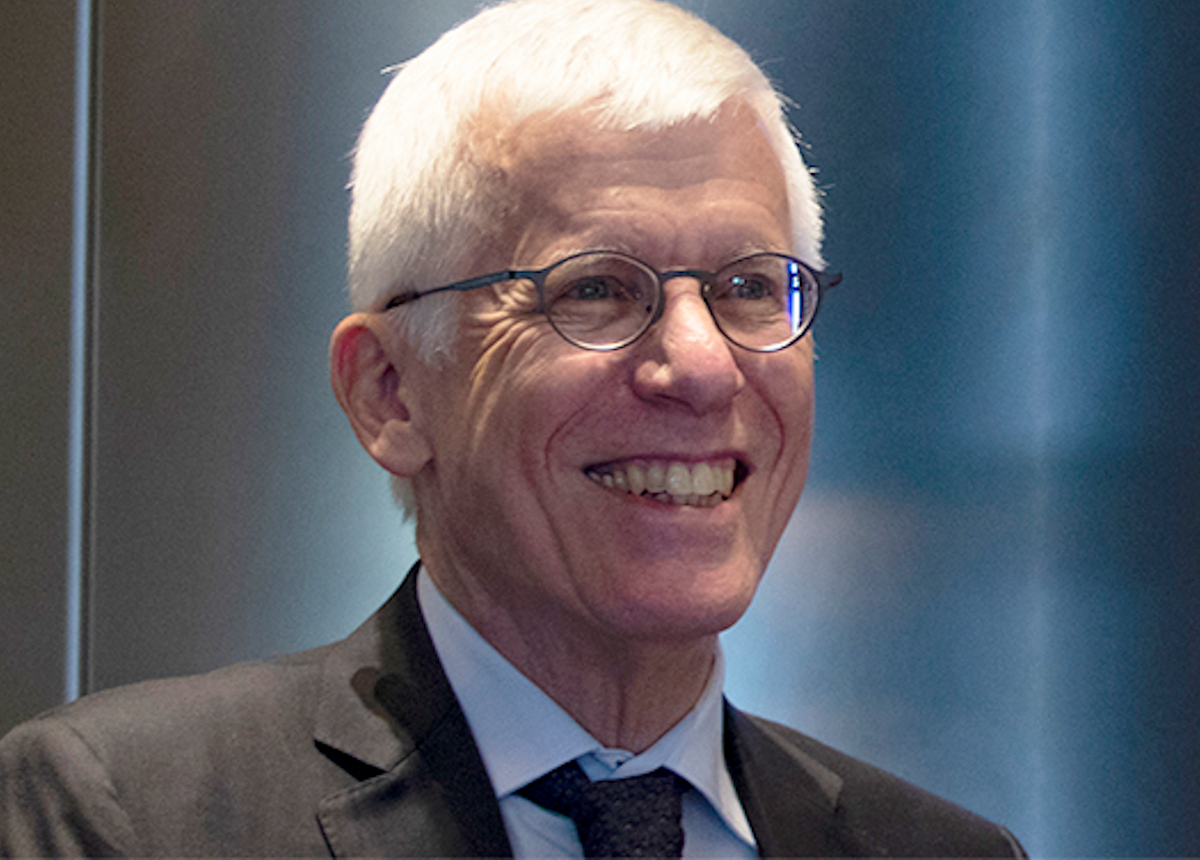The COVID-19 Pandemic & More: Racoon Dogs
Mar 27, 2023
With regard to the COVID-19 pandemic in Colorado—three words: the plateau continues. The COVID-19 hospitalization count remains around 190, case numbers are slowly declining, and wastewater virus concentrations are generally stable. Nationally, key indicators are trending downwards. Per WHO, the currently circulating Omicron variant, XBB.1.5, does not appear to pose a greater public health risk than prior Omicron variants. As to the pandemic’s course in Colorado, it remains too uncertain to predict.
While the cadence of my commentaries has slowed, the pace of notable public health events has not. Two weeks ago, I questioned whether we would ever nail down the origins of SARS-CoV-2, motivated by the “low confidence” conclusion of the Department of Energy favoring the lab leak hypothesis. Only a week later, a new analysis of genetic sequence data from samples taken at the Huanan Seafood Wholesale Market in Wuhan suggested that the mode of emergence may have been from animals in the market. The authors of the report used sequence data deposited on GISAID from environmental samples taken at the market as the pandemic started. Unfortunately, and reflective of China’s failure to share data, the sequences disappeared from GISAID once discovered online and used by investigators.
The preprint authors compared the prevalence of animal and human genomes with the frequency of SARS-CoV-2 positivity. The result: guilt by association. The frequency of animal genomes was greater than that of human genomes in samples with SARS-CoV-2. The genomes of multiple mammalian species were found, but raccoon dogs were singled out because of their susceptibility to SARS-CoV-2. Read the WHO review as well.
There were other public health worries over the last few weeks. Let’s start with water, a local and a global concern. I moved to California in 2008 and after a few years of “normal” rainfall, there was very little. For the majority of my nine years there, water use restrictions were in place. This year’s rainfall in California is anomalous and record-breaking with multiple “atmospheric rivers.” The situation in Colorado is similar to my years in California—not enough water—and the flow of the Colorado River does not match historical assignments, leaving the region chronically without enough water. A commentary in the Denver Post reviewed some of the current challenges for Colorado—a case in the Supreme Court concerning the Navajo Nation’s access to Colorado River water and also Nebraska’s plan to divert water from the South Platte River for its use—and steps being taken by the City of Aurora and Commerce City to restrict water use.
Per a just-released UNESCO/UN-Water report, the global water situation is alarming. The statistics provide a picture of a global shortage of water with billions of people without safe drinking water. Quoting the report, “The global urban population facing water scarcity is projected to double from 930 million in 2016 to 1.7–2.4 billion people in 2050.” These shortages have long been projected, based on forecasts of population growth and water usage. I direct you to the pioneering contributions of Igor A. Shiklomanov, a winner of the 2006 Tyler Prize for Environmental Achievement. His models, used by UN Agencies, anticipated a growing water crisis.
The latest projections on climate change from the Intergovernmental Panel on Climate Change (IPCC) were released last week in "AR6 Synthesis Report: Climate Change 2023." The findings are not surprising since we have been on a trajectory of progressive global warming for decades. Without immediate and impactful action, the goal of limiting warming to 1.5 degrees C will not be met during the 21st century. Adaptation planning and implementation have progressed but not for all and efforts at mitigation have expanded but remain insufficient. This grim report card is not surprising.
I also commented previously on EPA’s proposed reduction of the National Ambient Air Quality Standard (NAAQS) for airborne particulate matter (PM). Last week’s New England Journal of Medicine includes an article on environmental justice considerations related to how benefits would be realized across racial/ethnic groups with changes in the NAAQS. The first author, Kevin Josey, is a Colorado School of Public Health graduate and an incoming faculty member. The authors also include Priyanka DeSouza, faculty member in the CU College of Architecture and Planning, and senior author Francesca Dominici, a long-term colleague. The article’s bottom line: “Higher-income Black persons, low-income White persons, and low-income Black persons may benefit more from lower PM2.5 levels than higher-income White persons.”
Sadly, last week I announced the unexpected death of Syd Staggs, a 2022 MPH graduate and current student in the Total Worker Health Certificate program. Syd was well known on the Anschutz campus and an active contributor to our community. Syd was a passionate advocate for others—specifically for LGBTQ+ folks in public health and clinical care. Syd was an active volunteer for many organizations including CU Anschutz’s LGBTQ+ Hub, and the Dedicated to Aurora's Wellness and Needs (DAWN) free clinic in Aurora. For the past five years, Syd was also a research assistant at Children’s Hospital under the supervision of Dr. Natalie Nokoff. In 2021, Syd was awarded the Graduate School’s Diversity, Equity and Inclusion Award on the CU Anschutz campus. Syd’s family (Mark and Kelley Staggs) welcomes all colleagues and friends to attend services for Syd at the Fairmont Funeral Home (430 S. Quebec Street, Denver) on Friday, March 31 at 10 a.m. Recall that support services and support groups are available for those wanting help as they deal with this tragedy:
- Tuesday, March 28 from 12-1 p.m. (virtual) – Zoom: 97337802992
- Wednesday, March 29 from 2-3 p.m. (in person) – LGBTQ+ Hub, Education 2 North, Room 2101

Jonathan Samet, MD, MS
Dean, Colorado School of Public Health


